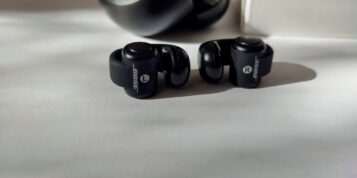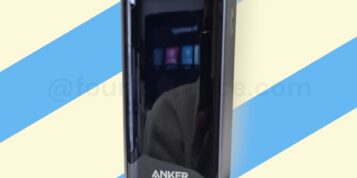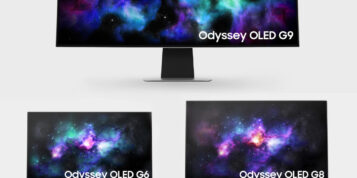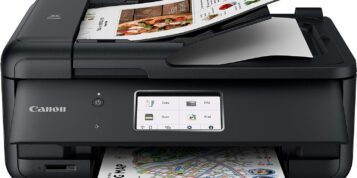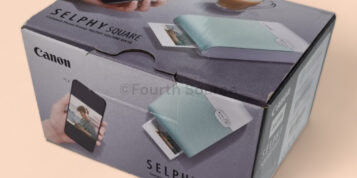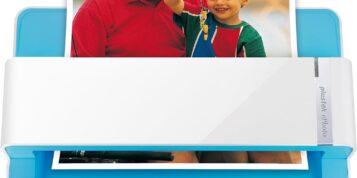Out-of-home (OOH) advertising is in the midst of a digital revolution and digital marketers are fast recognising the benefits it brings as part of an integrated campaign.
With the rise of Digital Out-of-Home (DOOH), smart cities and automated trading platforms for OOH ad space, now is the time for digital marketers to take advantage of everything OOH media can add to a digital marketing campaign.
We take a look at some practical ways businesses can integrate their digital marketing with out-of-home advertising.
1 Combine short-term impact with long-term presence
Unless you’re one of the lucky few to hit the viral jackpot, building an online presence can be a slow game. Generating quality content, building SEO friendly websites and fostering a healthy back link profile takes months of hard work.
Small businesses and start-ups in particular may struggle to compete with bigger brands when it comes to SERP visibility and building consumer trust.
OOH advertising provides a presence in the real world that adds legitimacy to businesses that would otherwise only be encountered online. And unlike PPC advertising, it’s much harder to ignore. Since 98% of people will see an OOH ad each week there’s no denying that outdoor advertising offers high impact when it comes to building brand awareness.
The downside to this high impact, high exposure OOH advertising, is that it is limited to budget. Whilst it can be an effective way to immediately increase brand awareness, much like PPC, once you stop renting the ad space, your advert is no longer displayed.
On the other hand, well-crafted, optimised web content does not simply disappear when you stop investing money in it. There’s no set time limit for how long your customers can access it. A successful OOH campaign will only work to push traffic towards and increase awareness of your online presence.
Recent studies show that people are 17% more likely to engage with a brand on their mobile after exposure to an OOH ad. Furthermore, the most effective OOH ads are capable of driving a 38% increase in mobile engagement with brands. The two mediums work beautifully alongside each other to combine short-term impact with long-term presence.
Integrate Social Media with OOH
Integrating OOH with Social Media can be as simple as including a hashtag on a billboard ad, like Sainsbury’s #FoodDancing campaign. Or Cancer Research UK’s #racelace initiative which is currently displaying social media feeds on DOOH screens across London’s Underground.
The impact of a well placed billboard can be magnified many times over through the use of unique, memorable hashtags and social media engagement. But alongside creative use of new technology, the results can be outstanding.
Take a look at Netflix’s Daredevil DOOH campaign. Creatively integrating DOOH technology with Twitter, the billboard encouraged passers-by to use hashtags to “join the fight”. By using #Daredevil, #Elektra or #Punisher to support different characters, Twitter-users could take part in a virtual fight to inflict damage on other characters on the billboards.
Not only did this result in trending hashtags across Twitter, but it also resulted in a barrage of Social Media and web interest as a result of being an interesting, unique example of creative advertising.
Similarly, Pepsi-Max’s ‘Unbelievable’ campaign used a single bus stop ad alongside a YouTube channel and Social Media campaign to generate online content that received over 50 million views online.
Use new digital to integrate your campaign and connect with consumers
KFC went a step further in integrating OOH with Social Media by offering free Snapchat filters to passers-by. Their phone box adverts outside 900 KFC outlets across the UK featured Snapchat’s Geofilter lenses. These Geofilters use ‘Snap to unlock’ technology to enable passers-by to access exclusive Snapchat filters that are location specific; in this case, a Christmas selfie with the iconic KFC Colonel.
Using Snapchat’s Geofilters was a great way for KFC to tap into their younger target market, with 60% of 13-34 year-old smartphone owners in the UK using the Social Media platform.
Advertisers have been experimenting with ways to make use of new digital as part of an integrated campaign for a while now. QR Codes, NFC tags, iBeacons and Bluetooth all enable ads to jump off the billboard and onto a consumer’s smartphone.
Whether it be linking to a URL, offering an exclusive discount code or app download, or even offering insights into how consumers engage with ads, this technology can be used to bridge the gap between OOH and digital.
And with the rise of DOOH alongside new digital technology, advertisers are increasingly able to connect with consumers in ways that are more relevant and tailored to the individual.
For example, to highlight their fast and personal service, Churchill Car Insurance used vehicle recognition technology to tailor relevant messages to passers-by. Using cameras to detect a vehicle’s number plate, the technology matched specific vehicles with a database to pull up information about the vehicle, as well as demographic information about the driver.
This information was then translated to a billboard in real-time, displaying a personally relevant message to the driver of the car. Messages like, “Silver Volvo, loving your automatic brakes. So get 20% off our insurance with AEB”.
Track the success of an OOH ad using digital
Historically, a common barrier to OOH advertising has been the lack of concrete data available to accurately track the ROI of an ad. On the other hand, digital marketers can access a wealth of campaign data at the click of a button.
By combining digital with OOH, advertisers can capitalise upon the brand exposure and reach of a billboard alongside the data available through digital campaigns. Developing a strategy to track an OOH ad digitally enables advertisers to capture valuable information about the success of a campaign.
Practical ways in which you could track an OOH campaign online could be to include an exclusive promotional code on your ad. When consumers enter the code at POP, you can see how many online sales were landed as a direct result of your OOH campaign.
Alternatively, creating a unique, memorable URL to display on an OOH advert would enable you to track the number of online visitors that arrive at this landing page in response to the ad. Similarly, using unique hashtags can enable you to track the engagement and success of an OOH campaign digitally.
Summary
There are nearly as many mobile devices as people in the world. Add to this the fact that Consumers spend 70% of their time outside of their homes, and it’s easy to see the potential of integrating digital with OOH.
More than ever, digital marketers are turning to OOH to boost the reach and impact of their online campaigns. Now is the time to reap the benefits of OOH’s new potential to interact with the digital world.
